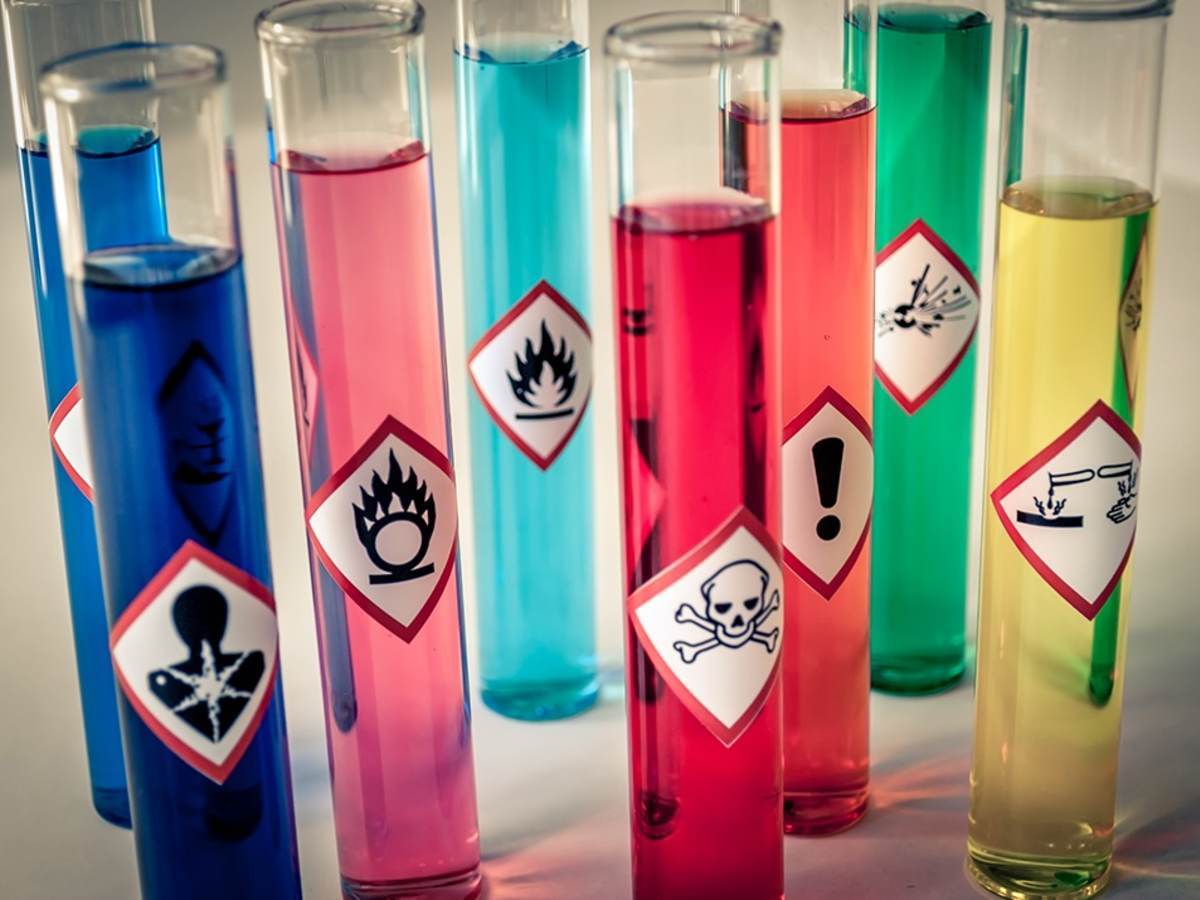October 5, 2022
By Dr. Martina Schneider, regulatory affairs group leader, Supply Chain team, UL Solutions
The introduction of these new hazard classes was first proposed in the Chemical Sustainability Strategy published by the EU commission in 2020. A draft proposal on the classifications for endocrine disruptors and the PBT/PMT (Persistent, Bioaccumulative and Toxic / Persistent, Mobile and Toxic) criteria was already released by the competent authorities for REACH and CLP (CARACAL) on March 23, 2021 (UL Solutions reported about it here).
The new published draft CLP amendment finally includes additional information on the Hazard classes for PBT and PMT substances, and the label elements to be associated with them.
PBT substances are already regulated in Europe under the REACH regulation. A PBT assessment is part of the chemical safety report and PBT/vPvB substances can be a reason why a substance is identified as substance of very high concern (SVHC) or even becomes subject to authorization (REACH article 57d). The PBT/vPvB criteria are set out in REACH Annex XIII. The REACH Annex XIII PBT/vPvB identification includes the assessment of degradation half-life values in different situations, bioconcentration factor in aquatic species and toxicity classifications according to CLP or aquatic chronic toxicity values.
In this draft amendment, the only difference from the current REACH criteria is that endocrine disrupting properties have been added as an option to fulfill the toxic part of the criteria.
Persistent, Mobile and Toxic (PMT) and very Persistent, very Mobile (vPvM) substances have been recently taken into account by the regulators. Persistent and toxic criteria are in line with the PBT/vPvB definition. Mobility as a property is defined by the log-Koc, the organic carbon-water partition coefficient, which is used to describe the sorption of a substance in soil. Mobile substances are considered substance with a LogKoc <3 and very mobile substances <2. Due to their combination of intrinsic properties, these substances can pose a threat to the water bodies.
PBT/vPvB
|
Properties |
EUH |
Phrase |
|
PBT |
EUH440 |
Accumulates in living organisms including in humans with long lasting effects |
|
vPvB |
EUH441 |
Strongly accumulates in living organisms including in humans with possible long-lasting effects |
A mixture is considered to be PBT or vPvB if it contains at least one component classified as a PBT or vPvB at or above 0.1% (weight/weight).
PMT/vPvM
|
Properties |
EUH |
Phrase |
|
PMT |
EUH450 |
Persistent substance which can pollute water resources |
|
vPvM |
EUH451 |
Very persistent substance which can pollute water resources |
A mixture is considered to be PMT or vPvM if it contains at least one component classified as a PMT or vPvM at or above 0.1% (weight/weight).
No pictogram was included in the draft version as part of the applicable label elements.
Substances are expected to require classification within 18-months and mixtures 36-months of the date at which the final regulation enters into force.
References
Regulatory Roundup Newsletter
Never miss an update
UL, the global safety science leader, can keep you updated on the latest events with a variety of materials, ranging from the latest regulatory news, webinars, white papers, events, industry insights and more.
Subscribe to our monthly Regulatory Roundup Newsletter and stay up to date on current and upcoming regulations and all the latest chemical industry news.
Safety Data Sheet (SDS) Authoring and Labeling Services
Create, maintain and distribute comprehensive SDSs and labels to meet your increasingly complex global compliance requirements.
Chemical Regulatory Compliance
Manage your chemical compliance needs with the help of global regulatory expertise and leading resources.
Chemical Compliance Training
We provide a series of chemical regulatory training programs designed to help understand the diverse set of requirements and how to confront them.
Get connected with our sales team
Thanks for your interest in our products and services. Let's collect some information so we can connect you with the right person.





